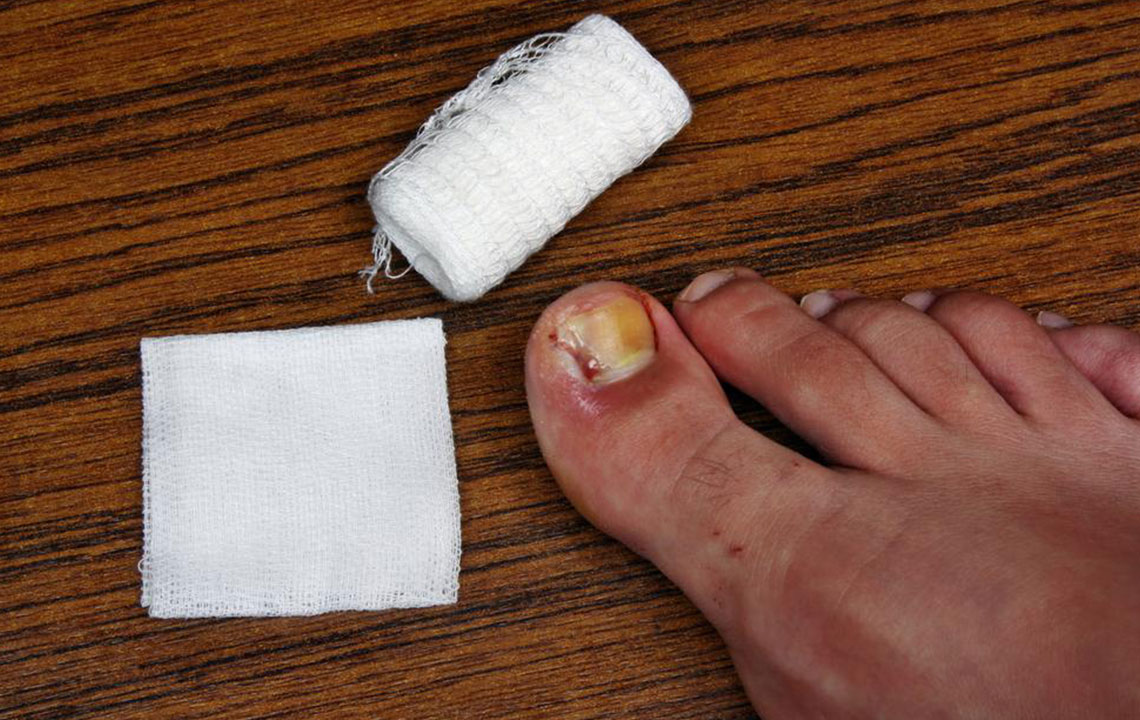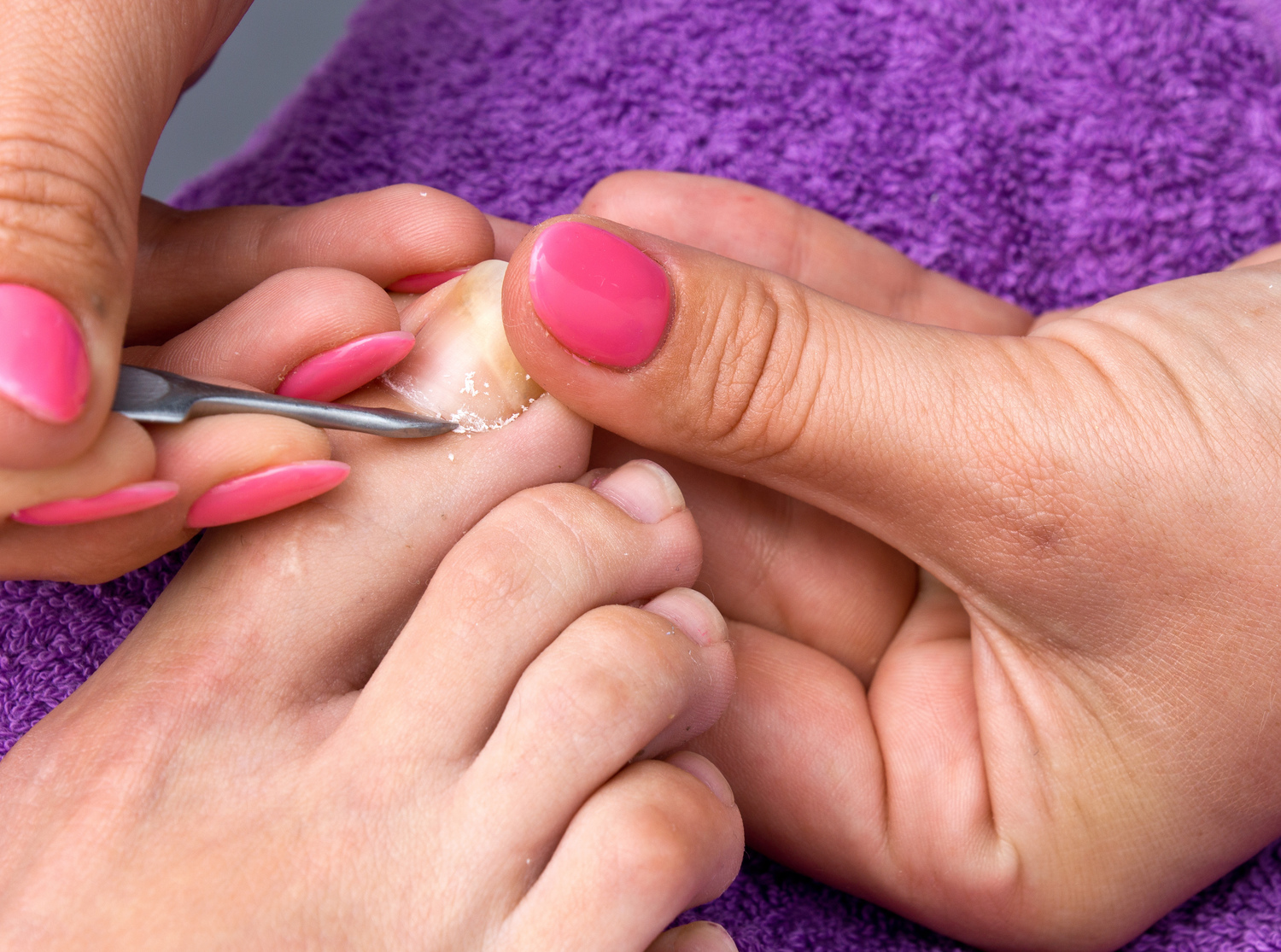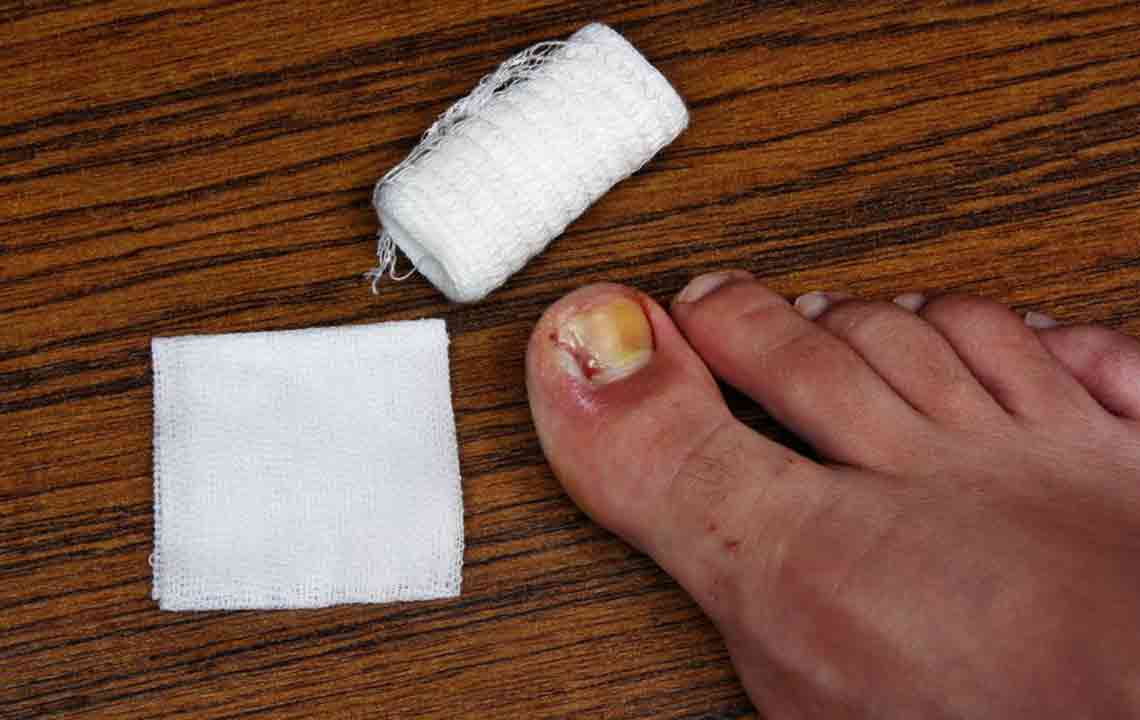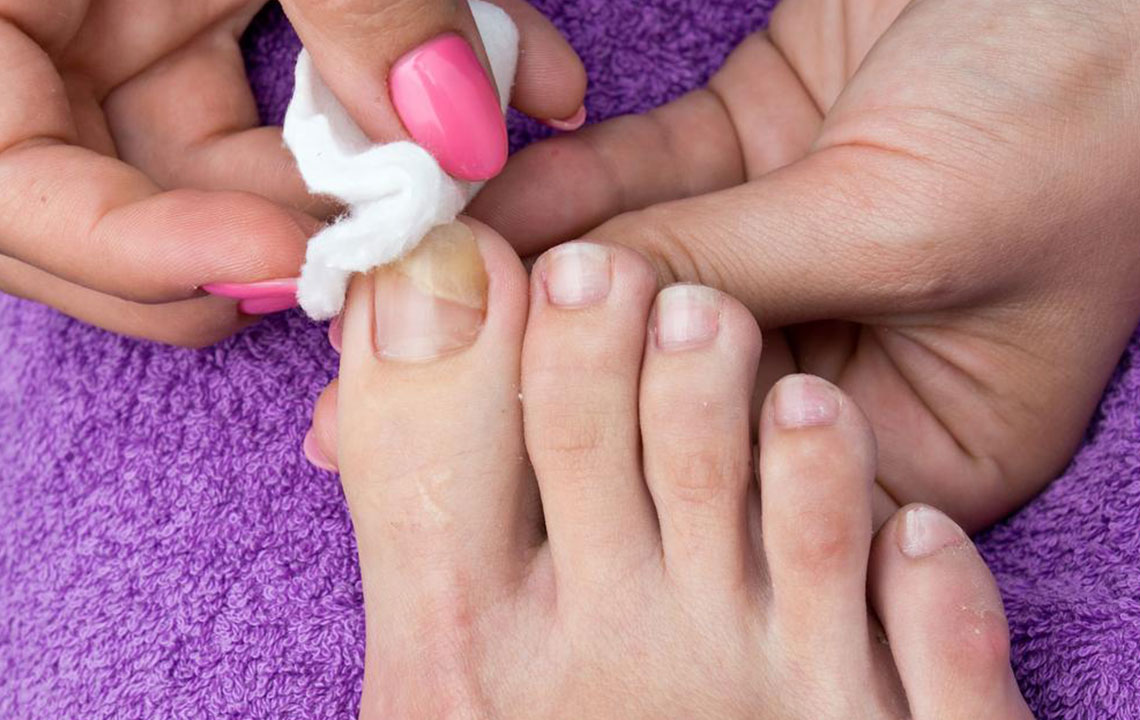Comprehensive Guide to Detecting and Treating Toenail Fungal Infections Effectively
This comprehensive guide covers the causes, symptoms, and effective treatments of toenail fungal infections. It emphasizes early recognition, risk factors, and home remedies such as coconut oil, vinegar, and essential oils, alongside professional medical advice for persistent cases. Maintaining proper foot hygiene and avoiding risky environments are key preventive measures. Suitable for anyone experiencing toenail issues or looking to prevent fungal infections, this article offers valuable insights to protect foot health effectively.
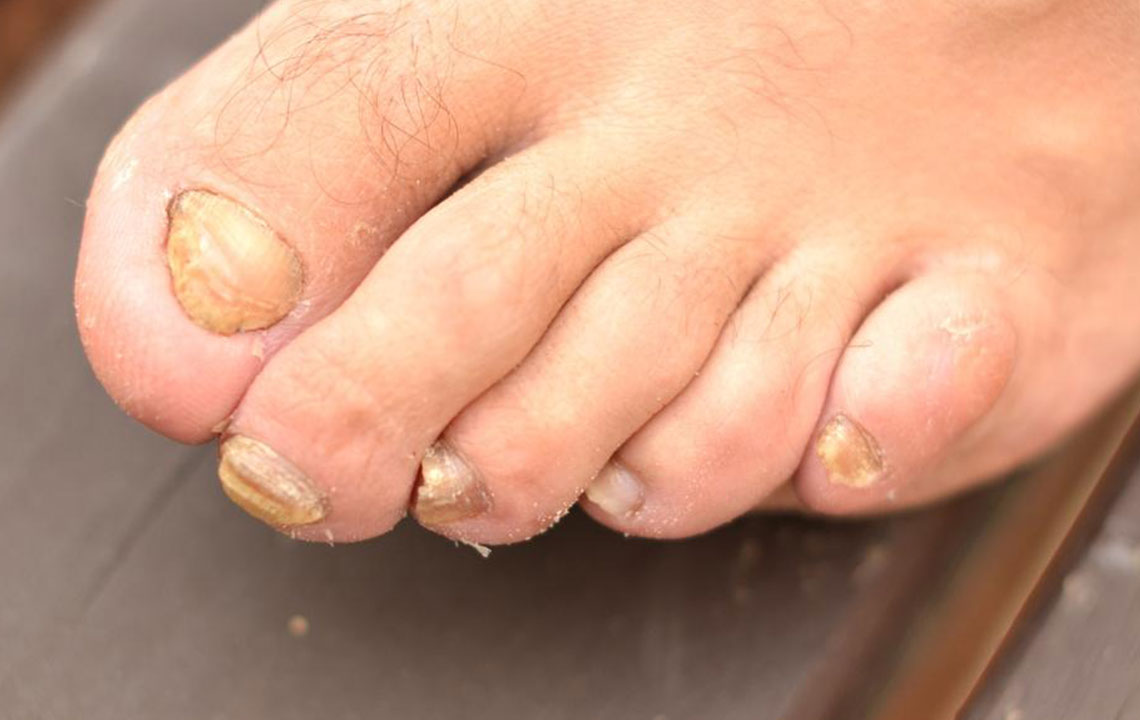
Understanding Toenail Fungus: Causes, Symptoms, and Effective Remedies
Toenail fungal infections, medically known as onychomycosis, are a common problem that affects millions of individuals worldwide. These infections are primarily caused by various fungi, including dermatophytes, yeasts, and molds, which infiltrate the nail bed and cause significant changes in the appearance and health of toenails. If neglected or poorly managed, the infection can escalate, leading to pain, discomfort, and even more severe health issues. Recognizing the early signs and understanding the root causes are critical steps toward effective treatment and prevention.
What Causes Toenail Fungus?
Prolonged Exposure to Moist Environments: One of the leading causes of toenail fungal infections is extended exposure to damp, humid areas. Fungi thrive in moist conditions, and frequent contact with such environments—like sweaty shoes, damp socks, or walking barefoot in communal showers—creates an ideal breeding ground. Dermatophytes, the fungi primarily responsible, invade the toenail tissues easily under these circumstances.
Existing Skin Fungal Infections: An athlete’s foot (tinea pedis), a common fungal skin infection, can often spread to the toenails, especially if left untreated. The skin’s fungal spores can transfer from the infected skin to the nail beds, leading to toenail involvement.
Circulatory and Immune System Issues: Conditions that impair blood flow, such as diabetes, peripheral artery disease, or aging-related circulatory decline, reduce the body's ability to fight off fungal infections. Additionally, a weakened immune response makes it easier for fungi to establish themselves in the toenails.
Sharing Personal Items and Communal Spaces: Using contaminated footwear, socks, or towels can facilitate fungal transmission. Public places like gyms, swimming pools, and locker rooms are hotspots for fungal spores, increasing the risk, especially if proper foot hygiene is not maintained.
Footwear Choices and Habits: Tight shoes and socks that cause excessive sweating or restrict airflow create a moist, warm environment conducive to fungal growth. Walking barefoot in damp communal areas also heightens infection odds.
Additional Risk Factors: Chronic health conditions like psoriasis, immunosuppressive therapies, and certain medications can predispose individuals to toenail fungus. Excessive sweating and poor foot hygiene further escalate the risk.
Recognizable Symptoms of Toenail Fungus
Thickened Nails: The affected nails often appear swollen and become noticeably thicker than normal, making trimming difficult.
Color Changes: Infection causes discoloration, typically manifesting as white, yellow, or brown patches on or under the nail.
Brittle and Fragile Nails: Infected nails tend to become brittle, crumbly, and prone to breakage.
Deformation of the Nail: The shape of the nail becomes distorted, ragged, or uneven due to fungal invasion.
Dark Debris and Discoloration Beneath the Nail: Fungal growth often results in debris buildup under the nail, giving a dark or opaque appearance.
Unpleasant Odor: A foul smell may emanate from infected toenails, especially in advanced cases.
Thickness and Scaling: The surface of the nail may become thickened and develop scaling or rough patches.
White or Yellow Streaks: Known as lateral onychomycosis, streaks appear on the sides of the nails, indicating fungal activity.
Yellow Spots at Nail Base: Proximal onychomycosis manifests as yellow areas near the cuticle, indicating deeper infection.
Nail Separation and Loss: Severe infections can cause the nail to detach from the nail bed (onycholysis), resulting in complete loss in some cases.
Who Is Most at Risk for Toenail Fungal Infections?
Toenail fungus is more prevalent among specific groups, mainly due to biological, health, and lifestyle factors. Men seem to be more susceptible than women, especially with advancing age. Individuals with underlying conditions like diabetes or compromised immune systems are at higher risk due to reduced defense mechanisms. Additionally, habits such as smoking, excessive sweating, or frequent water exposure (like swimming or working in wet environments) can significantly increase susceptibility. Proper foot hygiene practices, such as thorough drying after bathing and avoiding tight footwear, play a vital role in prevention.
Effective Home Remedies for Toenail Fungus
Coconut Oil: Rich in fatty acids with natural antifungal and antibacterial properties, coconut oil can help combat fungal colonies. Applying it liberally onto affected nails three to four times daily may promote fungal eradication.
Baking Soda: A natural alkaline substance, baking soda creates an inhospitable environment for fungi. Regular application or soaking can help prevent fungal growth from worsening or spreading.
Apple Cider Vinegar: Known for its acidic nature, topical application of diluted apple cider vinegar helps restore the pH balance, inhibiting fungal growth. Soaking or direct application on infected nails can be effective.
Tea Tree Oil or Lavender Oil: These essential oils possess potent antiseptic and antifungal properties. Applying a few drops on the infected area for 15–20 minutes and wiping clean can aid in reducing the fungal load.
Garlic: Garlic contains allicin, a compound with natural antifungal effects. Crushing garlic cloves, mixing with vinegar, and applying to the affected nails can provide relief and fight infection naturally.
While these home remedies can offer relief and help manage mild cases, persistent or severe toenail fungal infections should always be evaluated by a healthcare professional. Early diagnosis and treatment improve outcomes and reduce the risk of complications.

